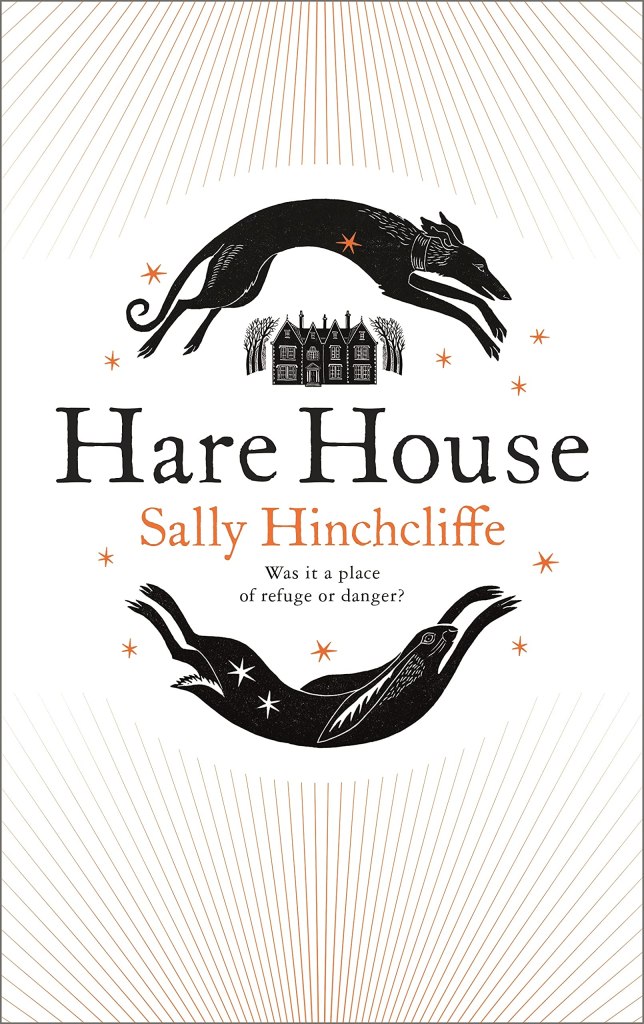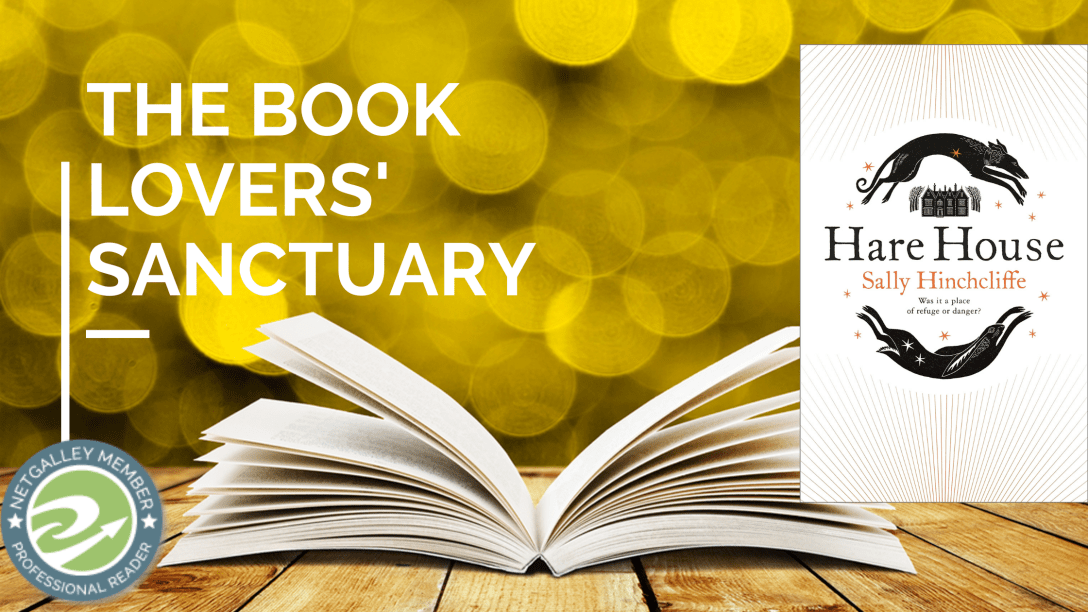
In the first brisk days of autumn, a woman arrives in Scotland having left her job at an all-girls school in London in mysterious circumstances. Moving into a cottage on the remote estate of Hare House, she begins to explore her new home – a patchwork of hills, moorland and forest. But among the tiny roads, dykes and scattered houses, something more sinister lurks: local tales of witchcraft, clay figures and young men sent mad.
Striking up a friendship with her landlord, Grant, and his younger sister, Cass, she begins to suspect that all might not be quite as it seems at Hare House. And as autumn turns to winter, and a heavy snowfall traps the inhabitants of the estate within its walls, tensions rise to fever pitch.
Hare House is not its real name, of course. I have, if you will forgive me, kept names to a minimum here, for reasons that will become understandable . . .
It is the start of the year, the weather has chilled so far that the car needs de-icing in the morning and I am reliant on my head torch for my morning runs, and I am both driving to work in the dark, and coming home in the dark. And it is on days like these when my mind yearns for a good, dark chilling Gothic yarn.
And Hare House delivered exactly that. Deliciously creepy and unnerving and atmospheric.
We get deposited into the story in the middle: something has happened in our narrator’s recent past and she has fled into Scotland, renting a cottage in the grounds of Hare House on something of a whim. She develops a prickly relationship with her neighbour, Janet, and a growing friendship with her landlord, Grant, and his somewhat flighty sister, Cass.
Through the narrative, we learn what had happened in London: our narrator’s class of girls fainting and falling unconscious together, which was mysterious and unsettling enough and which resulted in something of a witchhunt where our narrator was scapegoated and left under a cloud. An effort to protect the school’s reputation, perhaps, but is there smoke without fire?
We also learn about Cass and Grant’s brother, Rory, who died tragically young.
And of course there are hares galore. I have always loved hares – they carry a sense of wildness and an other intelligence that rabbits lack and it is no wonder that they have been connected to witchcraft and shapeshifting through folk lore. And there are several around the fields where I live; and many in this novel. The opening image of the hare, run over by a bus, dying a lingering death; the hares, stuffed and posed, in various tableaux in Hare House; the hares running alongside our narrator by the roadside.
Over the months that the novel covers, Hinchcliffe builds a creeping sense of anxiety and tension: the ancient folklore of the area moves itself from quaint colour to something more sinister and credible as the weather closes in steadily. Words appear in steamed up windows. Mysterious figurines appear in our narrator’s fireplace. A whole clutch of chicken are found dead. A friend’s dog disappears. The words Exod 22:18 appear in inscriptions throughout the setting – Exodus Chapter 22, verse 18 reading “Thou shalt not suffer a witch to live”. Cass becomes increasingly erratic and unpredictable in her behaviour and, as she seems unable to return to her school, our narrator is called in to tutor her and her relationship with the family in the big house deepens.
As a snow storm closes in in the novel’s final chapters, trapping everyone in the big house, things come to a head as emotions and the atmosphere runs riot.
I loved the increasing unreliability that our narrator demonstrated – despite her apparent objectivity, she seems to admit a certain ‘fluid’ relationship with the truth vacillating between conscious deception, possible self-deception and a disconnect with the reality around her. To what extent is she victim or villain? Witch or bewitched?
This was a jolly good read, rattling through the events with never a misstep or a failure in its language -and the way Hinchcliffe describes the countryside was very vivid and compelling – and it was just what I was looking for at this moment. It did not quite unsettle or inveigle its way under my skin as Andrew Michael Hurley’s Starve Acre did – oh look! more hares in that one too! – but it was thoroughly enjoyable!
What I Liked
The unreliable narrator – did we ever learn her name?
The hares that abounded in the novel.
The creeping atmosphere that becomes both chilled and claustrophobic.






While Gothic novels aren’t my typical go-to, this one has my curiosity piqued!
Pam @ Read! Bake! Create!
LikeLiked by 2 people
It was a good little read for those winter nights! Not earth shattering. But a good read! I hope you enjoy it if you do pick it up.
LikeLiked by 2 people
[…] Acquired: 6: You Made a Fool of Death with Your Beauty, People Person, Young Mungo, The Sentence, Hare House, To […]
LikeLike
[…] Hare House, Sally Hinchcliffe […]
LikeLike